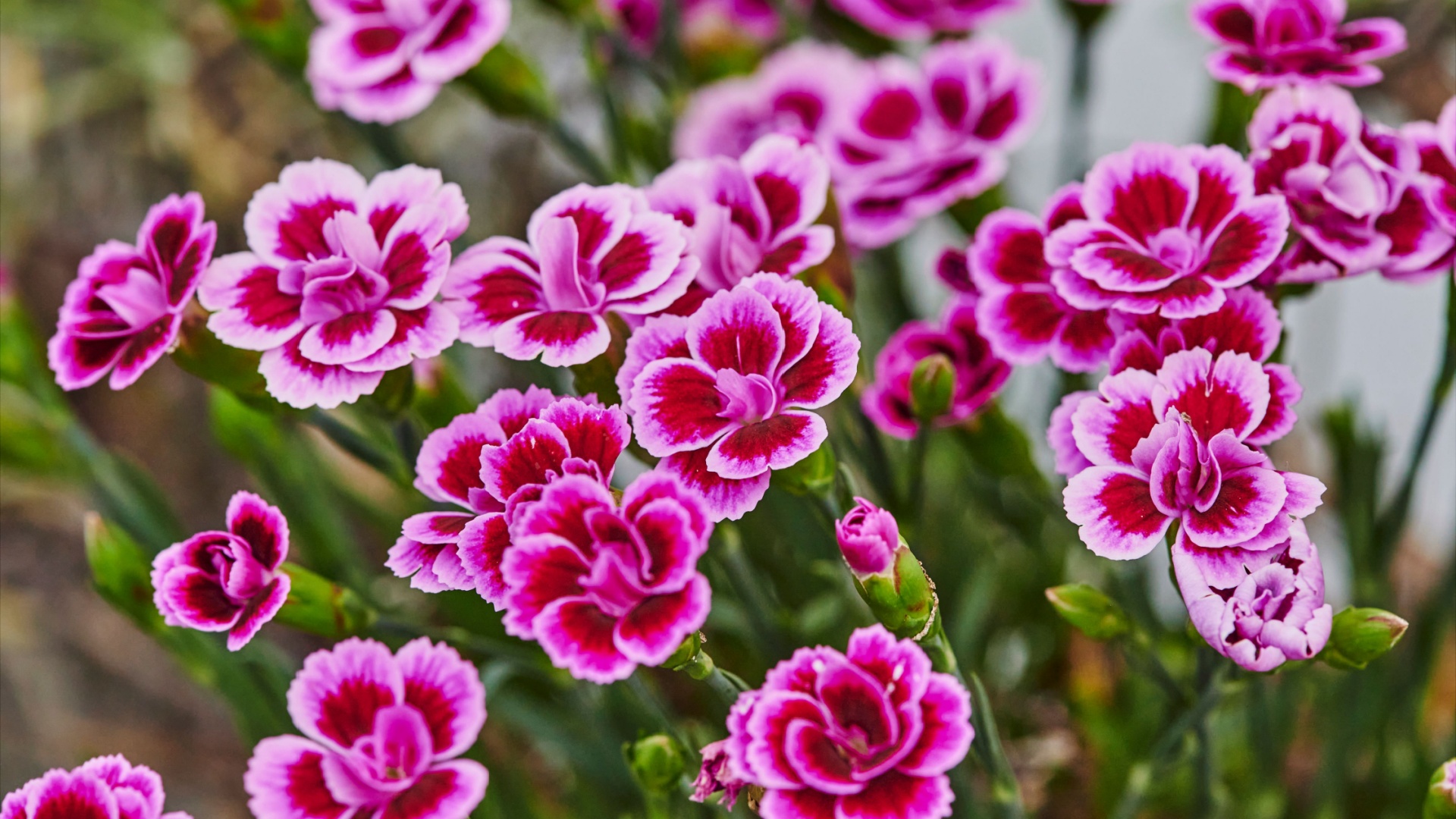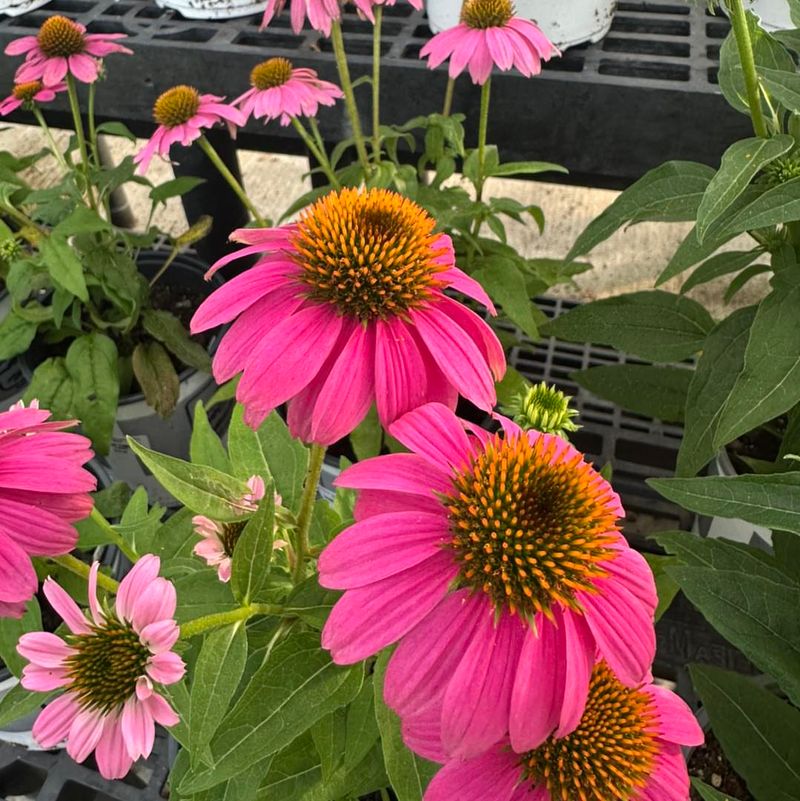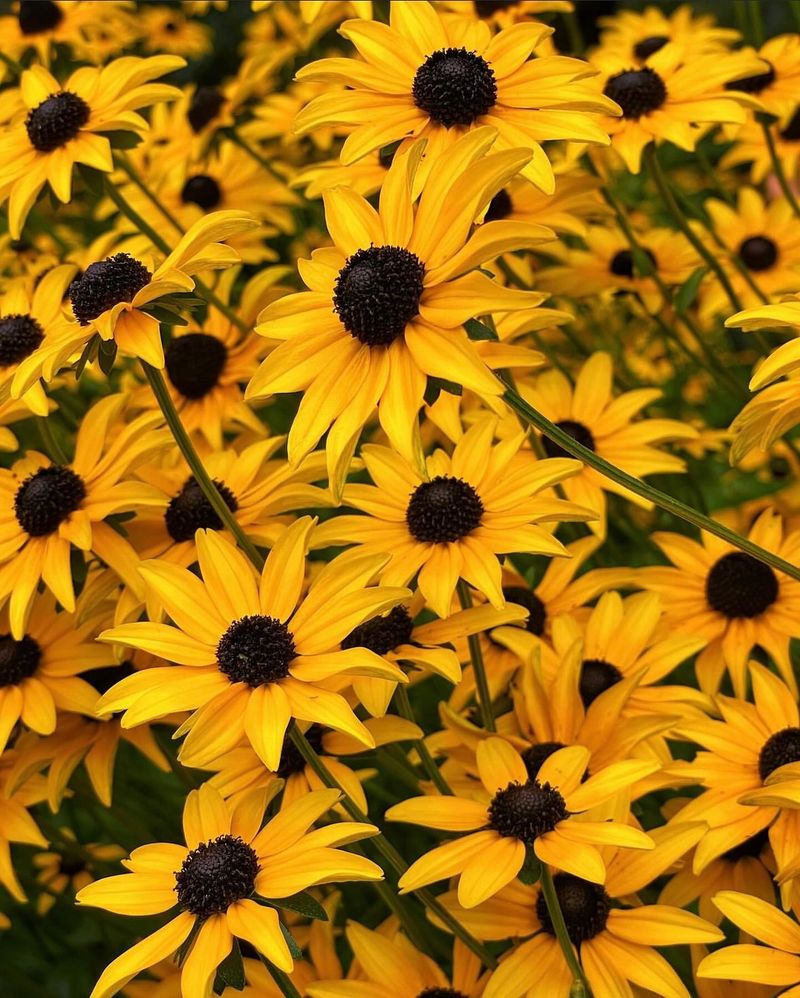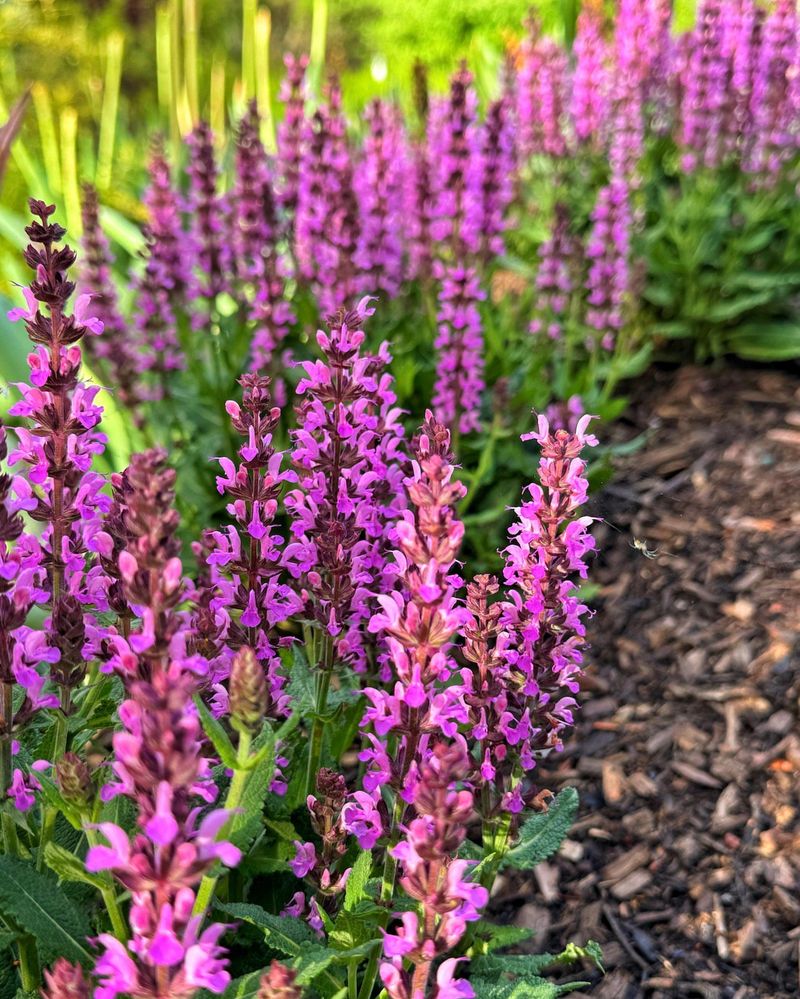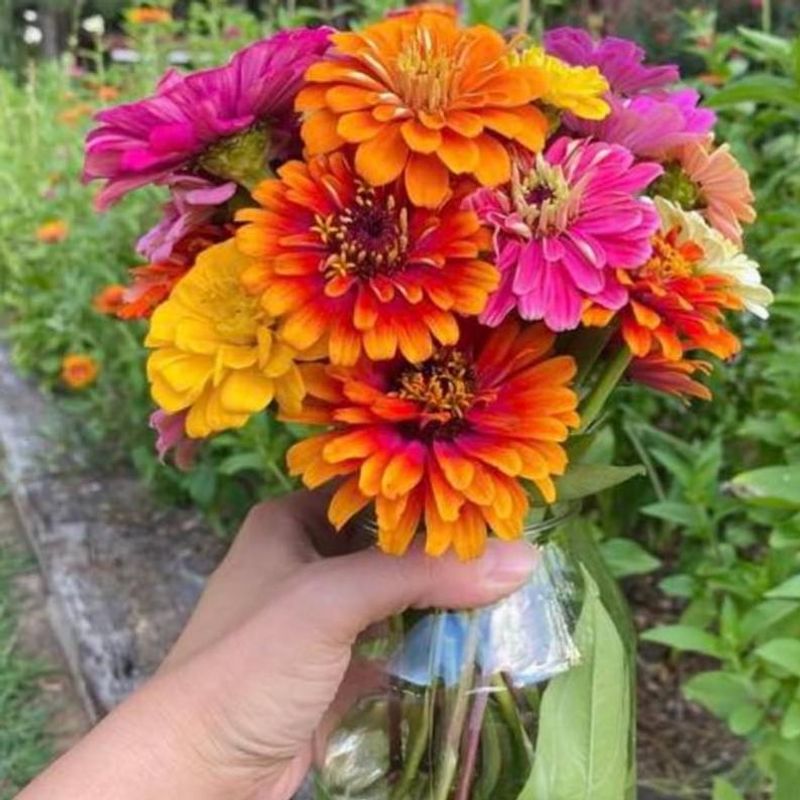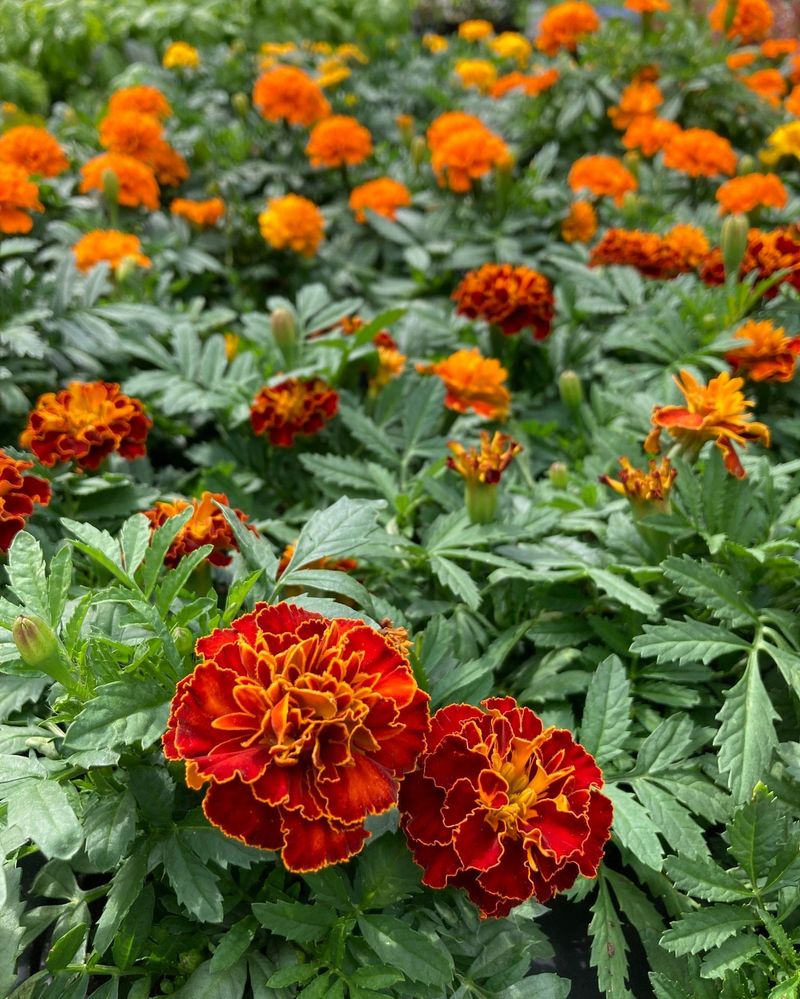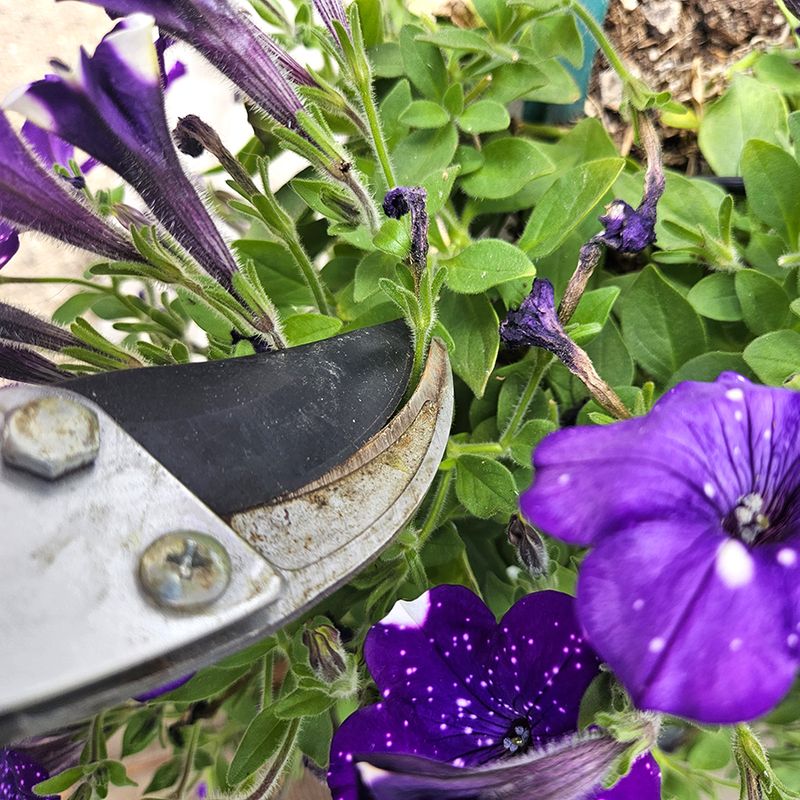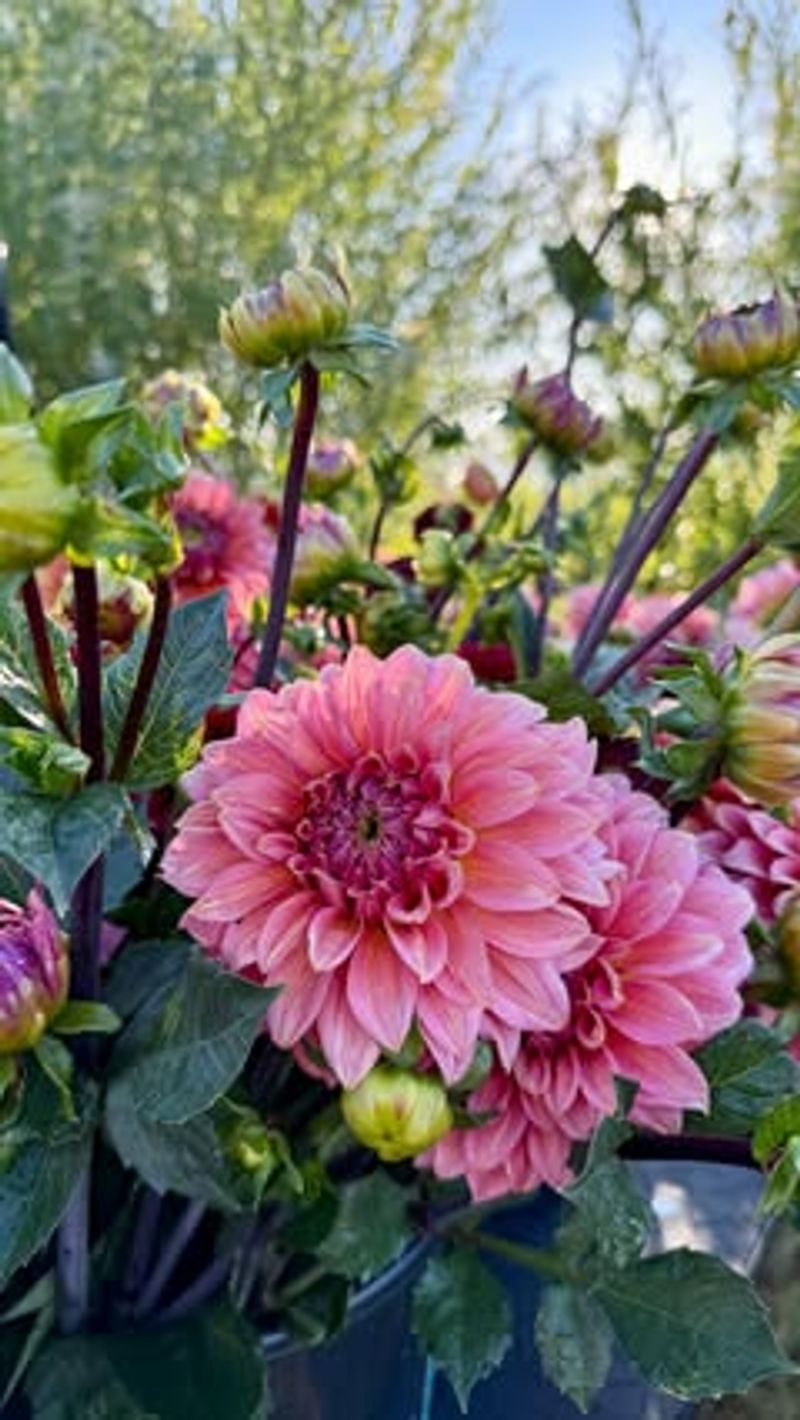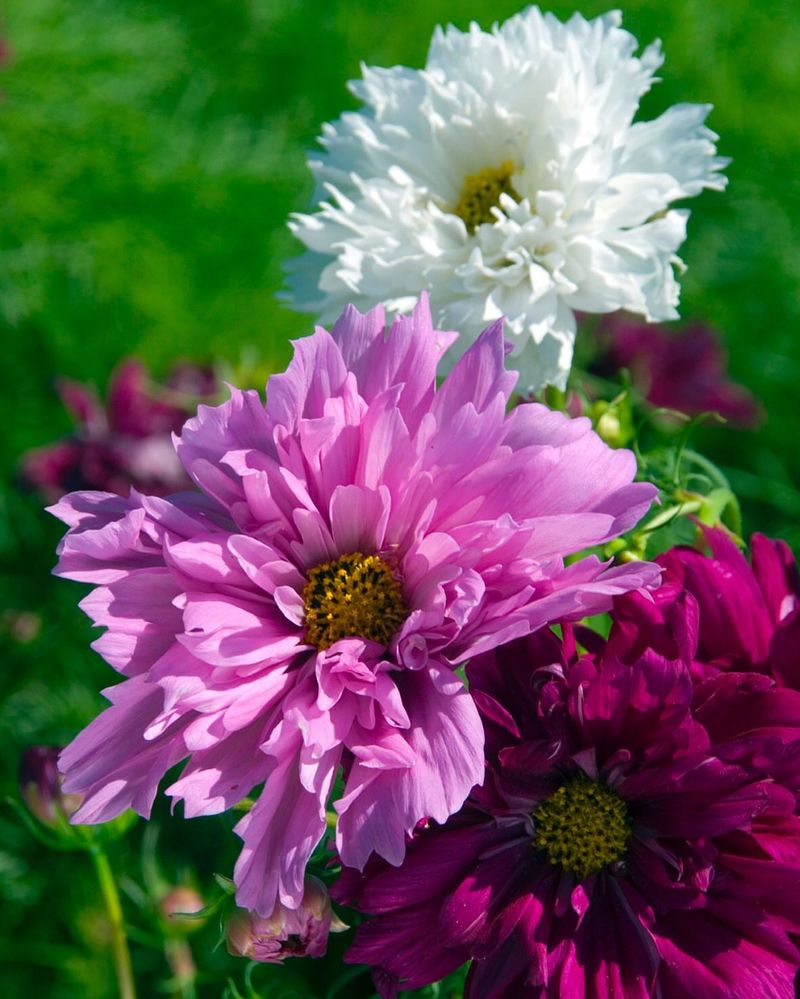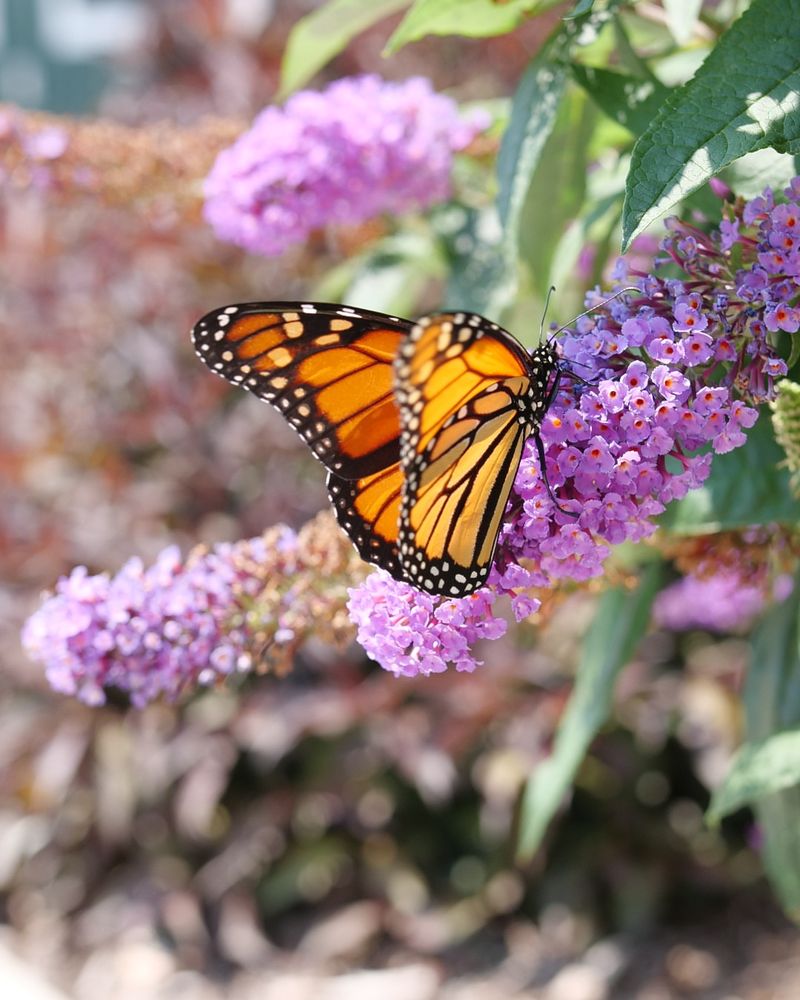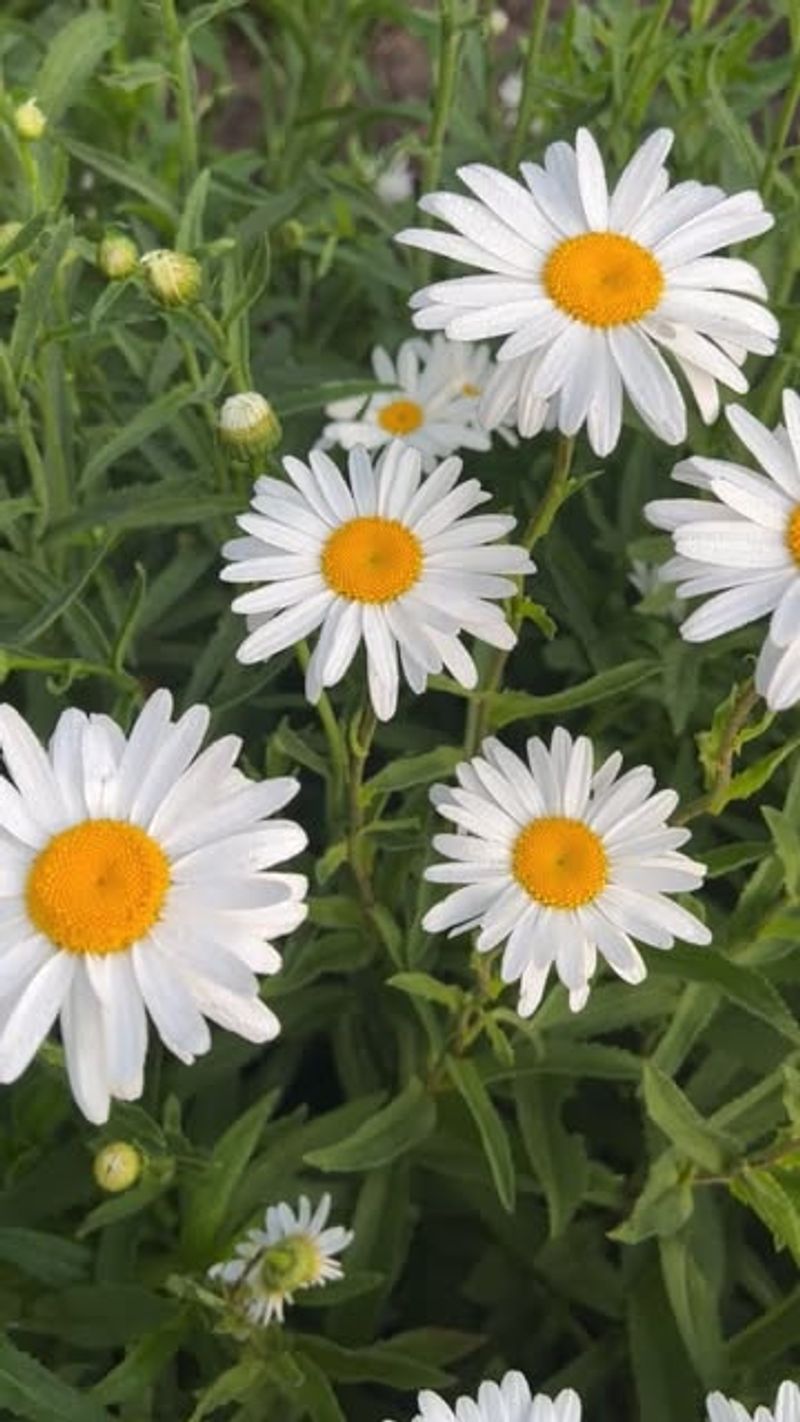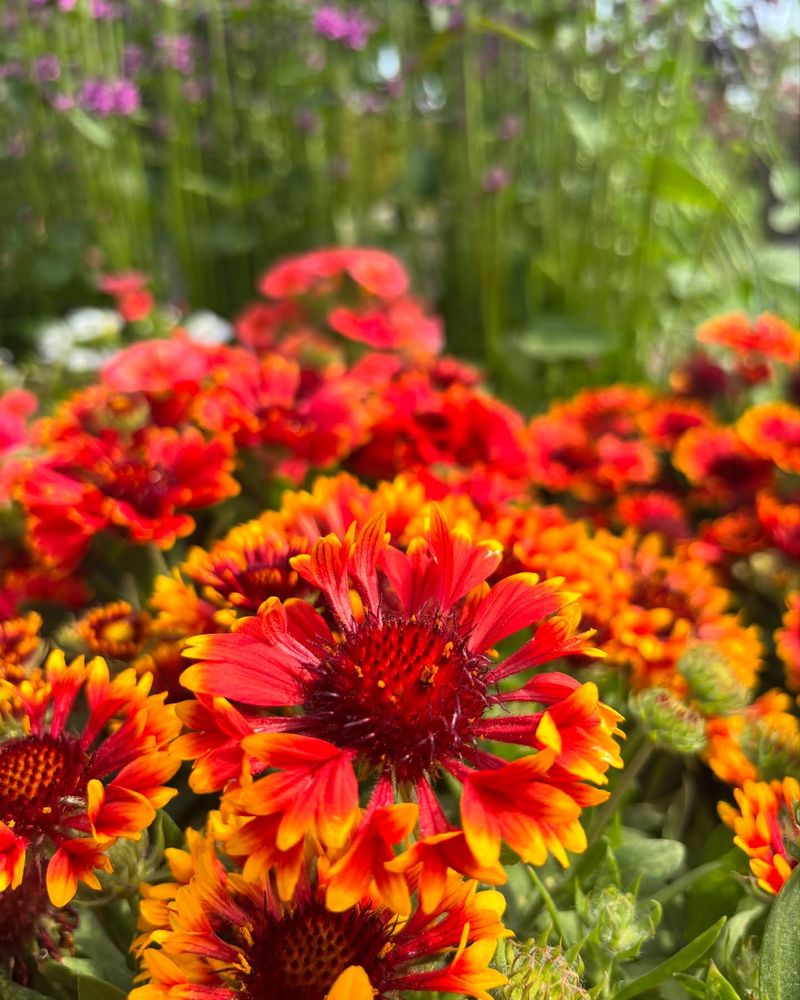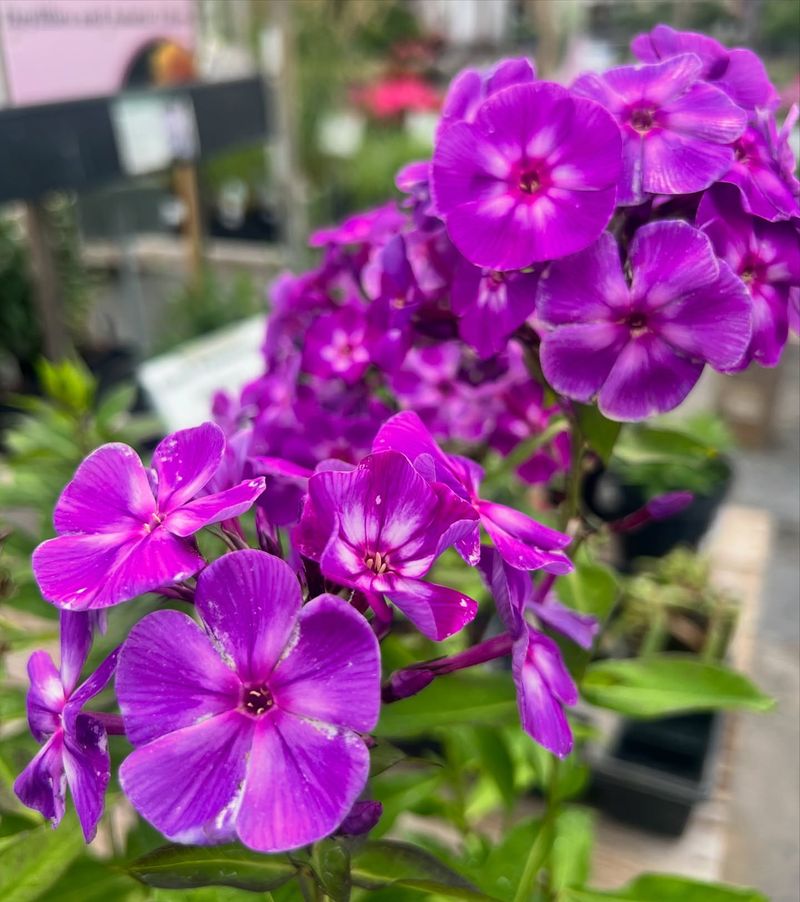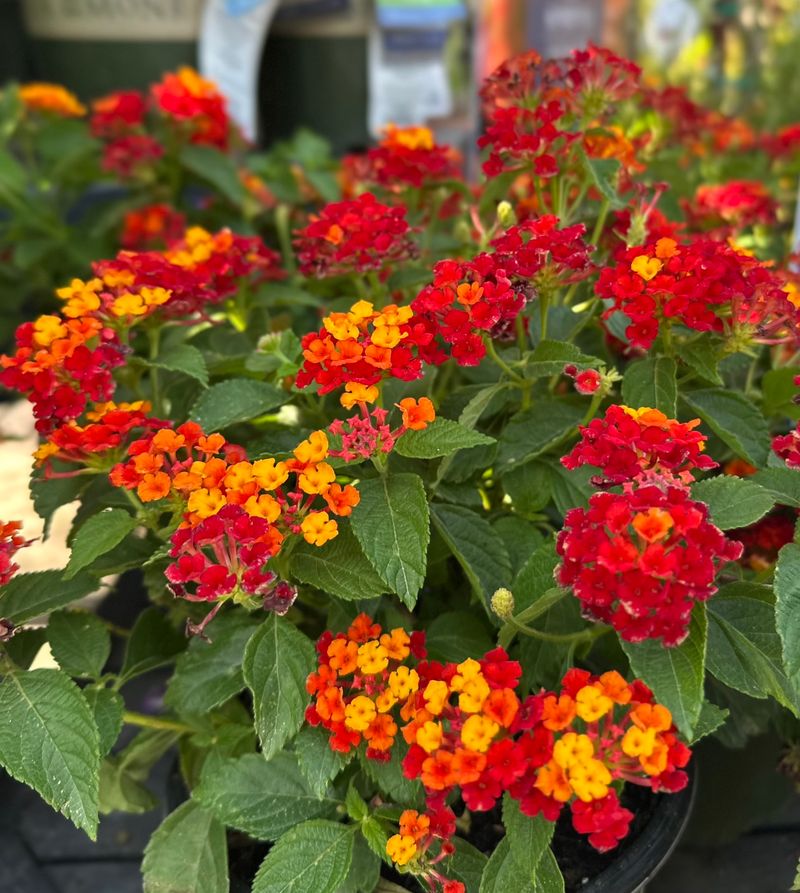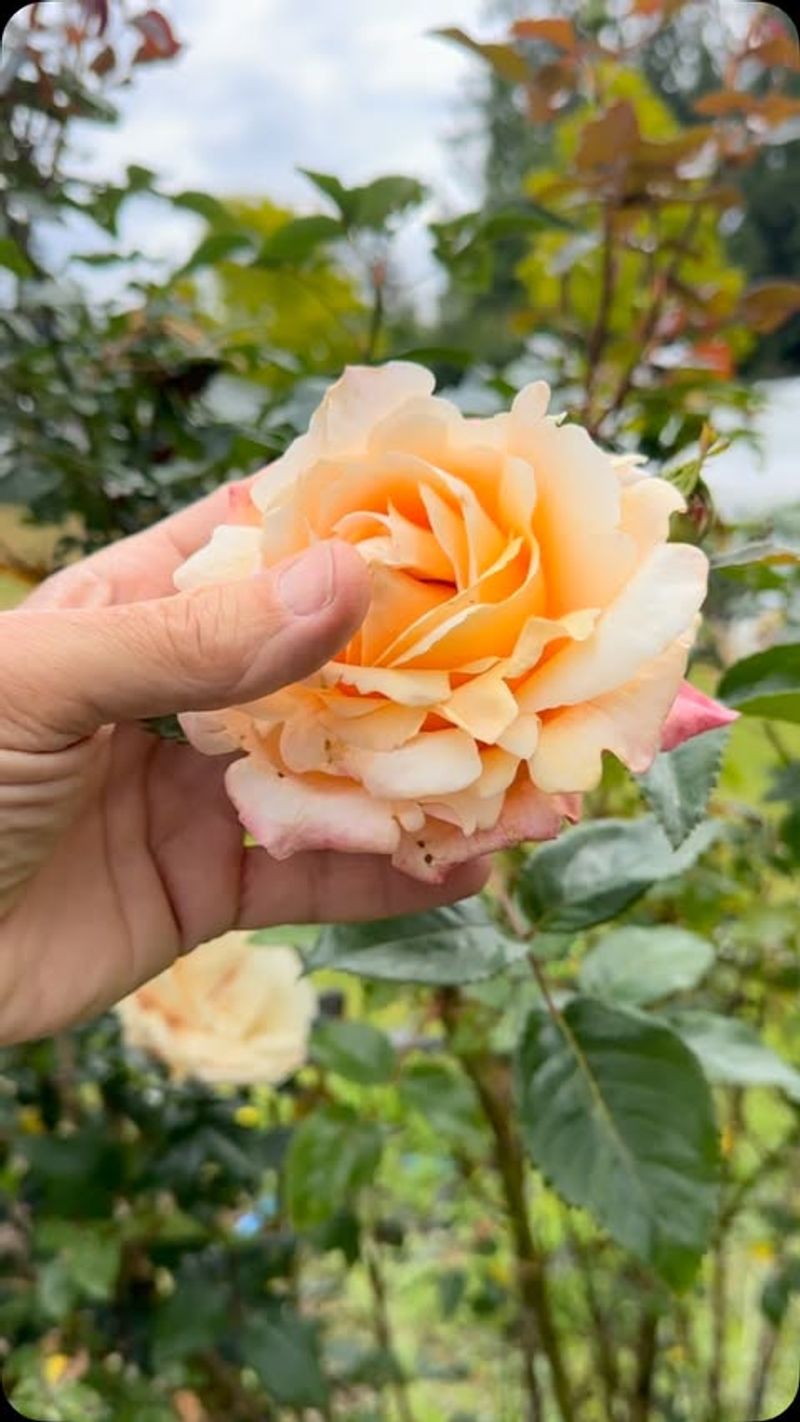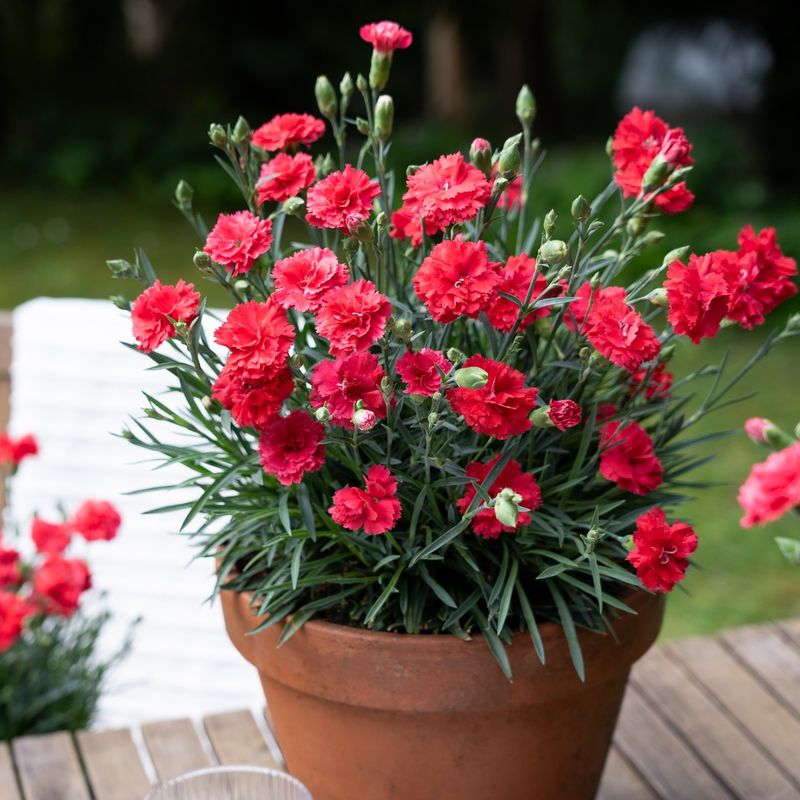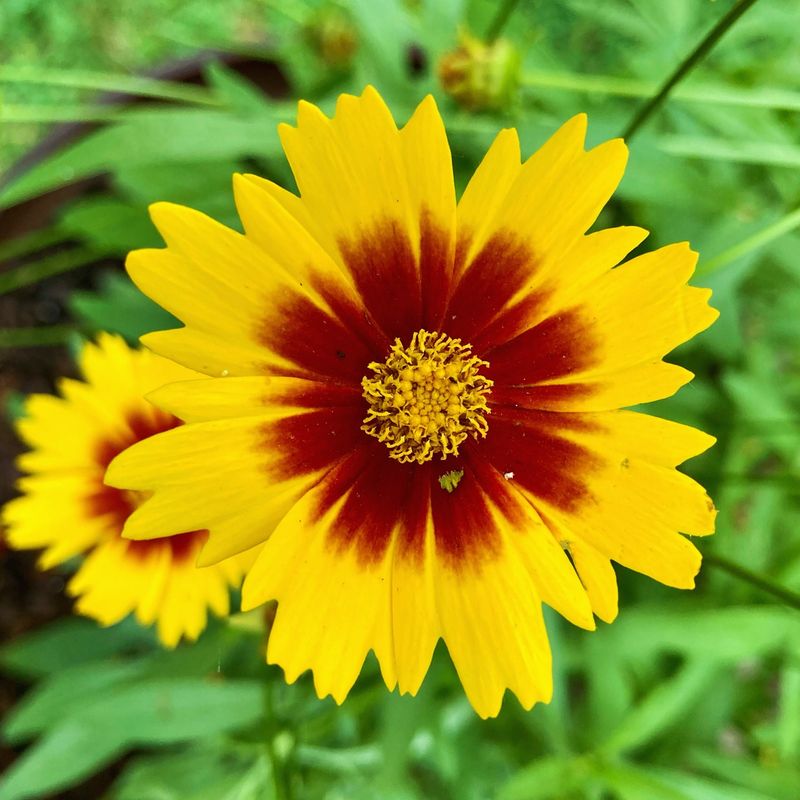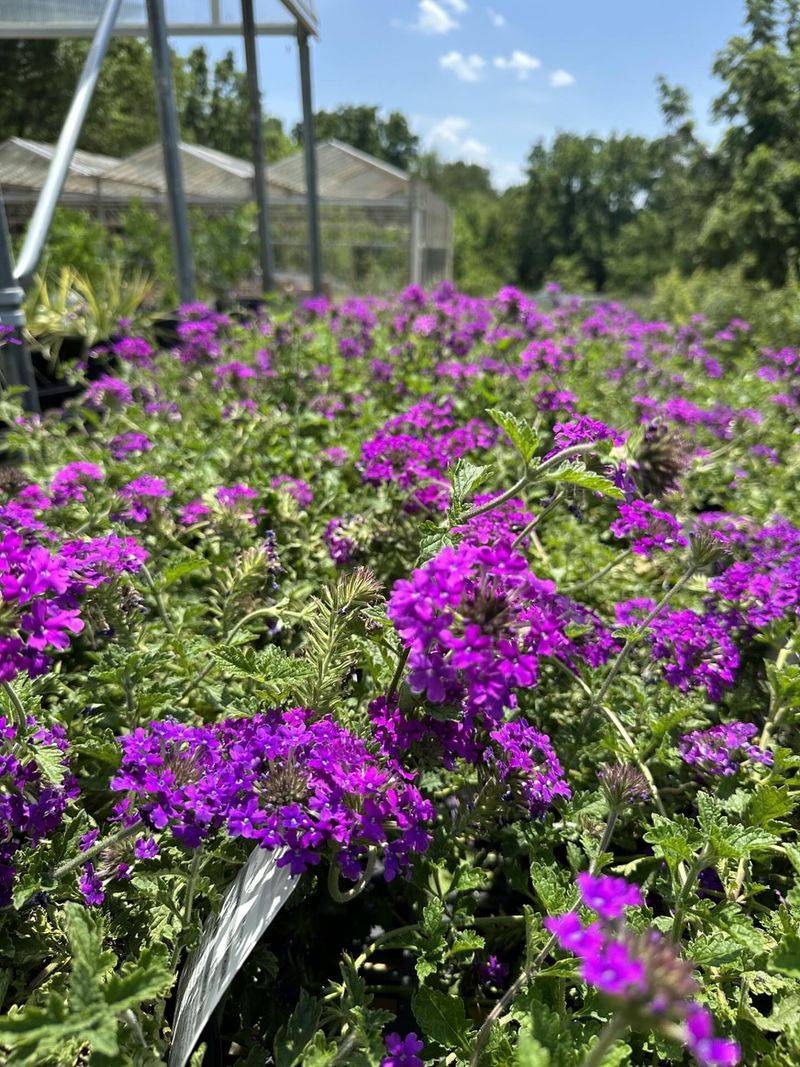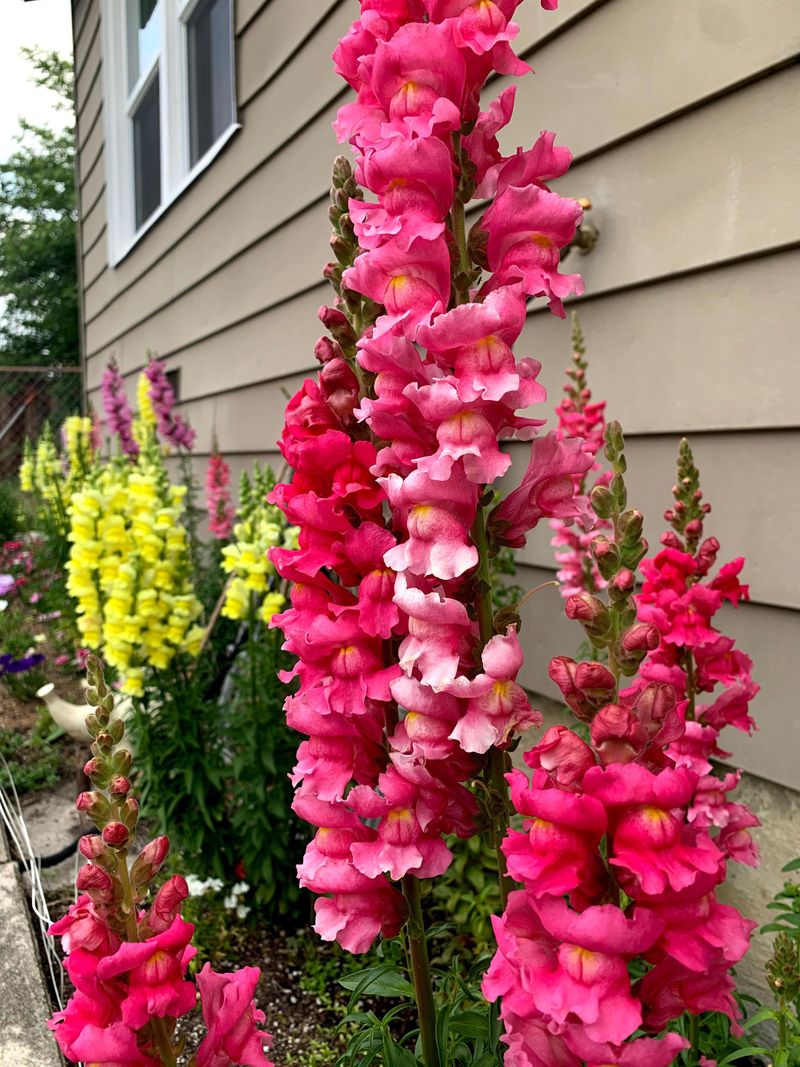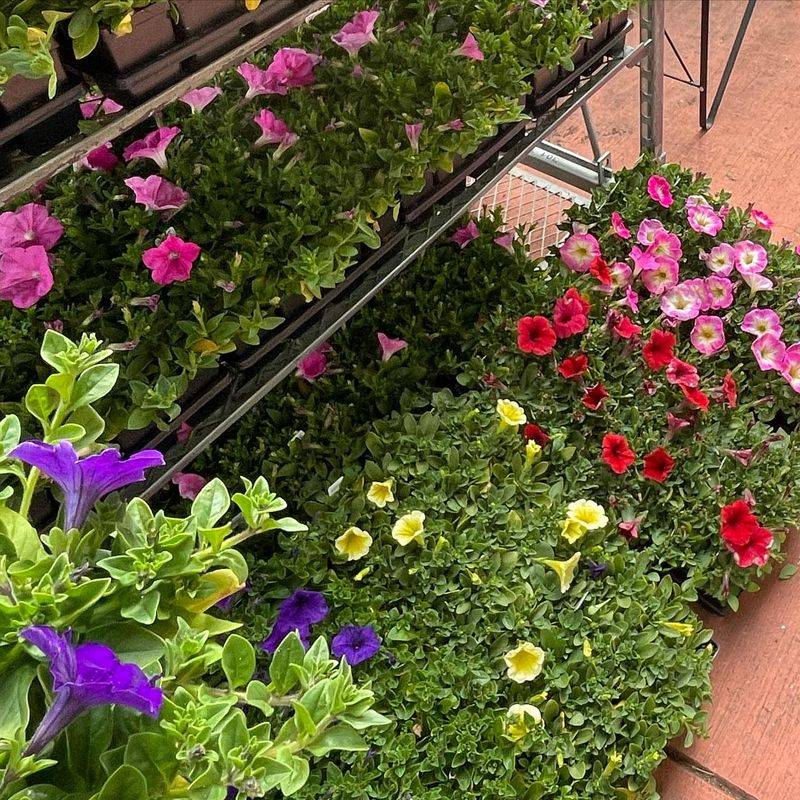In a North Carolina garden, the show doesn’t have to stop after one act. With the right plants—and a little deadheading—your blooms can take a bow and come right back for an encore.
These garden stars thrive with a trim and reward your efforts with longer, fuller displays. Less mess, more color, and a garden that keeps on giving—just snip, pinch, and watch the magic multiply.
1. Coneflowers Bring Summer-Long Color
Coneflowers transform North Carolina gardens with their distinctive daisy-like blooms in purple, pink, white, and orange. Regular deadheading prevents these native perennials from going to seed too early.
Snip spent flowers just above the first set of leaves to encourage new buds. The plant’s energy redirects to creating fresh blooms rather than producing seeds, extending your flower show by several weeks.
2. Black-Eyed Susans Flourish With Pruning
Cheerful yellow faces of Black-Eyed Susans brighten Carolina gardens from midsummer through fall. Many gardeners miss how dramatically deadheading improves their performance.
Removing faded flowers before they set seed encourages these native beauties to produce second and even third waves of blooms. Simply pinch or snip the stem below the spent flower, making sure to leave the developing buds untouched.
3. Salvias Reward Diligent Gardeners
Salvias thrive in North Carolina’s climate, attracting hummingbirds and butterflies with spikes of vibrant blooms. When flowers fade, the entire spike often looks shabby.
Cut these spent flower spikes down to the next set of leaves or buds. The plant responds by producing fresh flowering stems within weeks. For best results, deadhead salvias every 7-10 days during peak growing season.
4. Zinnias Deliver Endless Bouquets
Zinnias stand out as summer workhorses in North Carolina gardens, tolerating heat and humidity while producing kaleidoscopic blooms. Cut flowers frequently for indoor arrangements—this counts as deadheading!
For maximum flowering, snip stems just above a leaf node when blooms begin to fade. Each cut typically results in two new flowering stems. Regular harvesting keeps plants bushy rather than leggy.
5. Marigolds Shine Through Fall
Marigolds add reliable golden splashes to Carolina gardens from spring until frost. Their pom-pom flowers hold color for weeks but eventually turn brown.
Pinch off spent blooms where they meet the stem to prevent seed formation. The plant’s energy redirects to creating new flowers rather than seeds. Deadheaded marigolds become bushier and more floriferous, often blooming continuously until the first frost.
6. Petunias Bounce Back Beautifully
Petunias often struggle in Carolina’s summer heat without proper care. Many gardeners miss how dramatically deadheading transforms these popular annuals.
Remove faded flowers by pinching stems between your fingernails. For leggy plants, don’t hesitate to cut stems back by half—this seemingly harsh pruning stimulates lush new growth. After trimming, apply a light dose of fertilizer to fuel the plant’s comeback.
7. Dahlias Dazzle Through Diligence
Dahlias produce some of the most spectacular blooms in North Carolina gardens, ranging from dinner-plate size to pompoms. Their heavy flowers benefit tremendously from regular deadheading.
Cut spent blooms back to the first set of leaves with clean, sharp shears. Remove the entire stem rather than just the flower head. This encourages the plant to produce more blooms rather than focusing energy on developing seeds.
8. Cosmos Create Airy Elegance
Cosmos add feathery foliage and daisy-like flowers to North Carolina gardens, thriving in our hot summers. Without deadheading, these annuals quickly focus on seed production rather than continuous blooming.
Snip faded flowers back to the first set of leaves to encourage branching and new buds. The ferny foliage makes it easy to spot the right cutting point. With regular deadheading, cosmos will bloom from early summer until the first frost.
9. Butterfly Bush Attracts Pollinators
Butterfly bushes explode with fragrant panicles that draw pollinators to North Carolina gardens. Many gardeners overlook how deadheading transforms their performance.
Remove spent flower clusters by cutting just below the bloom where it meets the stem. This prevents seed formation and stimulates new flower production. Regular deadheading keeps these shrubs blooming from summer through fall instead of a brief initial flush.
10. Shasta Daisies Brighten Summer
Shasta daisies create cheerful displays in Carolina perennial gardens with their classic white blooms and yellow centers. Without deadheading, they quickly finish flowering by midsummer.
Cut spent flowers back to a set of healthy leaves or a side bud. The clean white petals make it easy to spot flowers past their prime. With consistent deadheading, these perennials will produce multiple waves of blooms throughout the growing season.
11. Gaillardia Offers Drought Tolerance
Gaillardia (blanket flower) thrives in North Carolina’s hot summers with cheerful red and yellow blooms. These native perennials are drought-tolerant workhorses in the garden.
Snip spent flowers where the stem meets the first set of leaves. The distinctive color pattern makes it easy to identify fading blooms. Regular deadheading prevents self-seeding and encourages continuous flowering from early summer through fall frost.
12. Phlox Extends Fragrant Displays
Garden phlox creates magnificent fragrant displays in Carolina gardens during summer. Without deadheading, these perennials produce just one flush of blooms.
Remove spent flower clusters by cutting just below the faded blooms. This prevents seed formation and encourages a second flush of flowers. Deadheading also improves air circulation, helping prevent the powdery mildew that often affects phlox in humid Carolina summers.
13. Lantana Loves Summer Heat
Lantana thrives in North Carolina’s hottest, most humid weather when other plants struggle. These butterfly magnets produce clusters of tiny flowers in vibrant color combinations.
While lantana doesn’t require traditional deadheading, removing entire spent flower clusters encourages more blooms. Simply snip the cluster where it meets the stem. This quick maintenance keeps plants looking fresh and stimulates continuous flowering through fall.
14. Roses Respond To Regular Pruning
Roses remain garden favorites in North Carolina, with varieties adapted to our humid climate. Deadheading dramatically extends their flowering season beyond the initial spring flush.
Cut spent blooms back to the first five-leaflet leaf, making cuts at a 45-degree angle just above an outward-facing bud. For maximum reblooming, remove flowers as soon as petals begin to fall. With consistent deadheading, many roses will bloom repeatedly until late fall.
15. Dianthus Delivers Sweet Fragrance
Dianthus (pinks) add spicy fragrance and charming flowers to Carolina garden edges and rock gardens. Their gray-blue foliage remains attractive even when not in bloom.
Deadhead by pinching or snipping spent blooms just below the flower head. Regular deadheading prevents self-seeding and extends the flowering period. Many dianthus varieties will produce a second flush of blooms in fall with proper deadheading.
16. Coreopsis Creates Golden Drifts
Coreopsis produces masses of golden, daisy-like flowers that brighten North Carolina gardens. These native perennials attract pollinators while tolerating heat and drought.
Snip or pinch spent blooms individually or shear back entire plants by one-third when flowering slows. This rejuvenation pruning stimulates fresh growth and new flower buds. With regular deadheading, coreopsis blooms from early summer through fall frost.
17. Verbena Cascades With Color
Verbena creates cascades of color in Carolina hanging baskets and garden edges. These heat-loving perennials attract butterflies while tolerating drought.
Shear back entire flowering stems by one-third when blooms fade, rather than removing individual flowers. This rejuvenation pruning stimulates fresh growth and prevents plants from becoming leggy. After pruning, apply a light fertilizer to fuel the next flush of blooms.
18. Geraniums Provide Reliable Color
Geraniums offer dependable color in North Carolina containers and garden beds. Their ball-shaped flower clusters stand out against attractive foliage.
Remove spent flowers by snapping the stem where it meets the main stalk—no tools required! The distinctive “snap” confirms you’ve found the right spot. Regular deadheading prevents seed formation and directs energy toward producing new blooms instead.
19. Snapdragons Stretch The Seasons
Snapdragons perform beautifully in North Carolina’s spring and fall, adding vertical interest with their colorful flower spikes. Many gardeners miss their potential for extended blooming.
Remove spent flower spikes by cutting just above a set of healthy leaves or side shoots. This prevents seed formation and encourages branching. With consistent deadheading and some afternoon shade, snapdragons can bloom through much of our hot summer.
20. Calibrachoa Creates Cascading Waves
Calibrachoa (million bells) creates waves of tiny petunia-like flowers in Carolina hanging baskets. These prolific bloomers benefit from a different deadheading approach.
Rather than removing individual spent blooms, trim back entire stems by one-third when flowering slows. This rejuvenation pruning stimulates fresh growth and prevents plants from becoming leggy. Follow pruning with a light fertilizer application to support new flower production.

